 Could automation be the answer to perennial labor challenges in restaurants? As the opportunities for restaurant automation increase and pressure remains on operators to manage tasks with the support of a smaller-than-ideal staff, it’s natural to ask the question. How you answer it could mean the difference between attracting talented employees and losing them. While it may be tempting to envision running your business without having to worry about an employee calling in sick or forgetting their shift, the human touch is something that guests and restaurants want. Recent research from PYMNTS found that only a small portion of guests enjoy using QR codes (17 percent) and kiosks (18 percent) for ordering instead of menus and counters – and while younger consumers are more interested in these tools, almost 60 percent still enjoy the experience of interacting with waitstaff. Automation can help you make those interactions better by allowing your staff to spend less time on tasks that the guest doesn’t even see. A recent report from Modern Restaurant Management advises operators to focus on hiring talented people and automating inventory management, food preparation and other unseen tasks that support staff but don’t replace their interactions with your guests. Finding the right balance between those parts of your business is where you can deliver the personalized, convenient experiences that will most delight your guests.  The National Restaurant Association estimates that the average restaurant loses $150,000 annually in staff turnover. Further, 70 percent of operators are struggling to hire new staff, so it’s crucial for operators to improve employee recruitment and retention – and to find ways to do it that look different from what they have tried before. Research shared during a recent webinar from Nation’s Restaurant News indicated that restaurant operators are making a number of labor-specific investments in technology in a direct effort to boost retention by making restaurant jobs feel more like careers. By and large, these changes are not designed to reduce headcount; rather, they are about automating parts of the job that employees aren’t as good at, find tedious, or both. Restaurants can reap significant benefits if they find ways to think long term about transforming restaurant service in ways that maximize the parts of it that staff enjoy most (and make the tougher parts of the job more accessible). According to a report from The Takeout, staff tend to find the relationship-building parts of the job most fulfilling: getting to know repeat customers as friends, discovering what they appreciate about the business, and bonding with them over the ingredients and techniques used across the menu. Do you know what aspects of the job led your staff to you? If it’s simply the chance to earn a paycheck, how can you make the job about more than that? If you can’t delegate any of your most tedious tasks to tech, can you reform your training to make those tasks easier? Where possible, take steps in the right direction – even if you don’t have the budget to invest in tech right now.  Restaurants that use robotic chefs to prepare food and AI to take orders tend to generate breathless headlines, but as recent news from McDonald’s implies, operators may best handle the strains of labor inflation with mundane restaurant tech for the time being. McDonald’s CEO Chris Kempczinski acknowledged recently that automation wouldn’t be a “silver bullet” to solve the brand’s problems with labor inflation. (Restaurant Dive reported that its tests of drive-thru voice ordering were only 80 percent accurate, falling short of the 95 percent accuracy it sought.) Instead, the brand is focusing on customer data to make staffing decisions and reduce labor demand in its stores – something well within the reach of brands far smaller than the likes of McDonald’s. If you’re struggling with the challenges of labor inflation, harnessing your data may reveal some low-tech changes you can make to ensure you have the optimal number of staff at a time, as well as the ones who provide the highest levels of guest satisfaction. 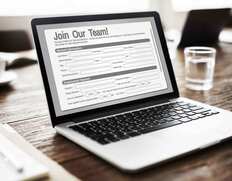 As labor challenges persist for the time being, consider adopting technology that takes some of the more tedious and time-consuming aspects of the recruitment process off your plate. App-based systems – Fliptable and JobToday are just a couple of examples – can help a business find new employees and manage the details of onboarding them, making it easier for existing staff to share job postings with others, candidates to apply, and employers to track a candidate’s progress in the hiring process – all through a simple swipe on a phone.  Even if you have already embraced digital ordering, QR codes and other front-of-house technology to help your operation run more smoothly, your kitchen may still look like it did a decade ago. The Spoon predicts the digitization of the restaurant kitchen will take off this year, enabling restaurants to run more nimbly and, by extension, better manage labor, monitor inventory and portion sizes, and reduce waste. Powerhouse Dynamics and Perfect Company are just a couple of the players bringing more real-time management and automation to the back of the house. Do you currently use just-in-time tools in your kitchen that allow you to flex in the moment with what’s happening in your business?  At the recent Restaurant Leadership Conference, Technomic’s Joe Pawlak had some good news about key segments of the restaurant industry (and less-great news about another) – namely that business for quick-service and fast-casual restaurants had returned to pre-pandemic levels, but fine dining was still three years away from a full recovery. To be sure, the technology that has kept businesses going during the pandemic has been a closer fit for limited-service restaurants. However, many of the tech tools that have been used to elevate efficiency and hospitality these past two years still apply to full-service restaurants, albeit in different ways. In a recent episode of the webcast Restaurants Redefined from Modern Restaurant Management, three industry professionals weighed in on how they see technology evolving for restaurants after the pandemic – particularly for full-service restaurants. At the front of the house, for example, technology can help ease some of the friction points. What if a restaurant could use geofencing technology to identify when a guest arrives and get a jump on preparing their favorite appetizer or having their usual wine on the table as they sit down? While a full-service restaurant might not want to use a QR code for guest ordering, offering a code (or other app-based option) for paying the bill when the guest is ready to depart could improve the overall experience. Empowering a server to offer a refund or other check adjustment on the spot as needed via tech tools can also boost service. At the back of the house, technology that minimizes human interaction – ovens, grills and other appliances that don’t require much human oversight – will help free up staff to elevate guests’ experience at the front of house. Finding ways to adapt the technology available – not so much to minimize human contact but to improve the human contact that full-service is known for – might just help hasten the recovery of these businesses. 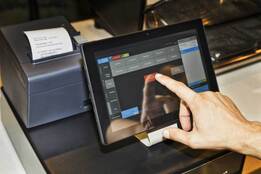 To be sure, the restaurant industry had been heading in the direction of increased automation and decreased labor before the pandemic. But the acceleration of restaurant technology that we have seen in the past 18 months – along with the increase in already-high employee turnover rates in the industry – has only elevated the need for restaurant operators to find solutions to labor challenges and the technology to help manage them. McDonald’s, for one, is tapping into artificial intelligence to manage restaurant labor and to-go service. After testing AI technology in its drive thrus in Chicago this summer (and getting about 85 percent of orders correct), the brand is now partnering with IBM to deploy AI-powered drive-thrus more broadly across the brand. Meanwhile, Starbucks has partnered with Amazon to launch a cashierless coffee shop in New York City, with additional outlets in the works. At a time when labor challenges are so elevated, major chains have become the early adopters of potential solutions to address them. At the same time, they will be managing the growing pains that accompany them, potentially making the transition to such technology more seamless for smaller brands in the future. 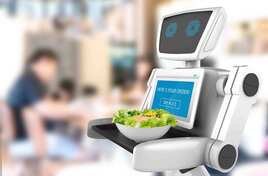 Could today’s labor challenges turn the tide for robots in the kitchen? That’s what Gary Stibel, founder and CEO of New England Consulting Group, predicts in the recent “Restaurant of the (Near) Future” report in Nation’s Restaurant News. He said while robots will be more common in kitchens in the near future for labor and novelty reasons, they will also offer substantial value when it comes to micro-personalization. He says: “You’ll be able to more easily select exactly what you want and instead of a bunch of people running around the kitchen, a robot will do precisely what the customer asks.” If you look a few years into the future, how might your ability to offer micro-personalization to guests elevate your business? Could automation help take you there? 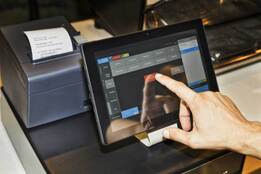 Amid the labor crunch, restaurants have been facing a lot of upward pressure on their wages lately. As of May, 30 states, the District of Columbia and forty-five localities have set minimum wage rates above the federal level. But at the same time, many restaurants likely are not making best use of the tools they have on hand to better manage their labor costs and gain as much as possible from them. According to research from TouchBistro, 39 percent of restaurant operators are not using their POS to view labor reports. These reports can help you identify when you are overstaffed in your kitchen and dining room, which staff are successfully upselling most frequently and making customers the happiest, and which staff may be stealing from you. All of this can ensure you always have the right number of people on hand for a shift, that you’re rewarding and developing the right people, and that you’re quickly identifying sources of theft. It may even give you some wiggle room to raise your wages. As restaurant business rebounds and operators look to stabilize costs, adopting tech to help with labor management and fluctuations can help contain unexpected expenses – and reduce the staff frustrations that can lead to turnover . Make sure your labor management software is up to the task: It should help you forecast your sales and develop accurate staffing schedules based on those forecasts. Beyond that, it should allow employees some freedom and flexibility to swap shifts or request time off – all while requiring minimal involvement from management.
|
Subscribe to our newsletterArchives
July 2024
Categories
All
|



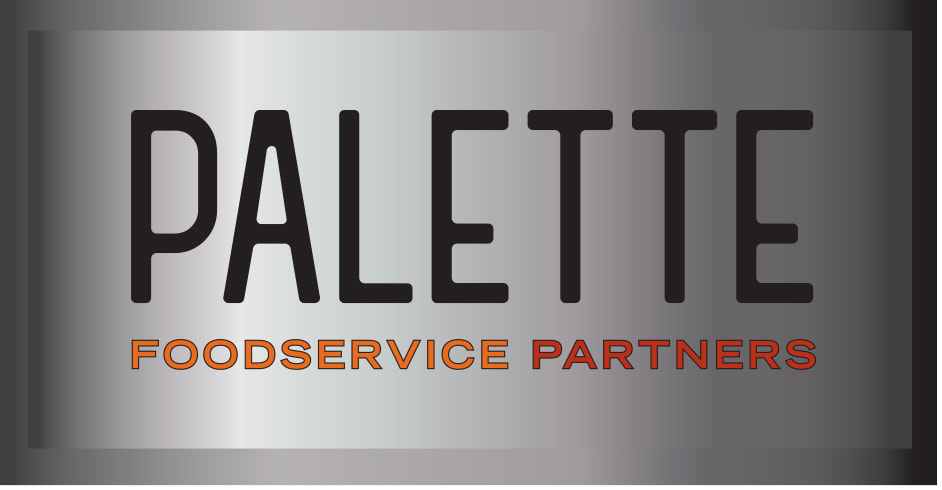
 RSS Feed
RSS Feed